June 11 marks the second annual International Day of Play. It reinforces the latest data from the science of learning: Free play and playful learning should be intertwined into children’s lives so that they can flourish academically and socially while becoming collaborative, critical thinkers, creative innovators and citizens of tomorrow. As UNICEF notes, “Play isn’t just fun—it’s essential for every child’s development.”
Though celebrated psychologist Jean Piaget defined play as “the work of childhood” in the mid-20th century, some speculate that “between 1981 and 1997, child’s free play time dropped by an estimated 25%,” driven largely by the move to more structured activities and lessons. This pattern appeared even before the introduction of digital technologies that now dominate children’s discretionary time. In 1981, David Elkind wrote that the need to create “successful children” resulted in what he termed the “Hurried Child” where children grow up too fast and too soon. Around the same time, the toy industry began to market toys as more educational because “kids were getting older younger,” or KGOY. Scientists and scholars were raising the red flag about the loss of playtime in the late 20th and early 21st centuries, but few heeded the warning. In 2009, professor Ed Zeigler, credited as the father of Head Start, wrote, “Play is under siege.”
A 2008 survey of 1,100 parents and 99 early childhood teachers found that parents largely considered unstructured activities (playing with kitchen sets, toy vehicles, or dress-up) as play and more structured activities like reading a book and flashcards as learning. Teachers, on the other hand, did not make such stark contrasts—noting that play was learning.
Sixteen years later, research by Temple University graduate Alison Masters revealed that parents in both the U.S. and China find roughly 70% overlap in the activities that they sort as play (drawing, dress-up, puzzles) and those they note as learning (ABCs, counting, educational toys). The two constructs are inextricably linked. Research supports the parents’ views. Playful pedagogical approaches to learning are associated with stronger child outcomes in STEM, literacy, and social skills. International Day of Play celebrates these findings.
With the research and policy as a base, countries and states are embracing the power of joy and playful learning in a wide variety of contexts such as schools, community placemaking, and digital development. In each, the key is to support not just free play that is voluntary and has no learning goals—critical in its own right—but also playful learning (also known as guided play) that heightens children’s exploration, discovery, and agency while also setting clearly defined learning goals. In fact, Google Scholar shows that research on playful learning and guided play has doubled in the last 25 years. And that research is being put to use.
In schools: Active Playful Learning
Active Playful Learning (APL) offers one example. It works play into the very fabric of pedagogy. If we teach in the way that human brains learn, students will learn more deeply and more joyfully. A new report on a pilot from our study of 43 teachers in four U.S. states suggests that creating active, engaging, meaningful, socially interactive, and joyful classroom environments increase teachers’ engagement and joy (as reported by teachers) while also supporting the development of student skills.
APL focuses on six behaviors known to enhance dialogue and student learning, from early elementary through college: working in smaller groups, hands on/minds on learning, enabling student choice (agency) and voice in the classroom, and increasing student-to-student and teacher-to-student dialogue.
The approach not only excites teachers, but theoretically should propel student motivation and reduce mental stress. APL is also being tested for use with older students in college classrooms and could be a pedagogy that works for all ages of students.
In communities: Playful Learning Landscapes
The playful learning approach also lends itself to creating environments outside of school that support playful learning. Approximately 80% of children’s waking time is outside of school. Playful Learning Landscapes (PLL) extend learning beyond classrooms by morphing public spaces into engaged and stimulating playful learning spaces.
In the U.S., for example, Urban Thinkscape transformed an everyday bus stop in Philadelphia, Pennsylvania, into a hub for active child-caregiver interactions that support math, science and literacy learning. The Live and Learn, recent initiatives expanded the work into public affordable housing so that families and children have stimulating activities literally in their own backyards. Santa Ana, California, a largely Hispanic community, adopted Fraction Ball, a game played on a basketball court (in schools and in communities) designed to teach students about fractions and decimals; research indicates that the game fosters positive math-related emotions and learning.
PLLs are just one of a number of international initiatives designed to spark more play and learning directly in community spaces. Kaboom, which reaches 1.5 million community members, offers another model of introducing play spaces into environments in order to help remove inequities in play opportunities. They, too, have been trained to design learning goals into their builds. One final example comes from Ethiopia. Addis Ababa’s mayor told Brookings that she closes off many streets in the city once a month for a few hours so children of all ages can play outside. If the country uses these precious moments to design activities with clear learning goals, they can turn what is a free play experience for all into learning outcomes.
On screens
Playful learning goals and principles are also being embedded into apps, the metaverse, and artificial intelligence. The most well-known integrations of play and learning in digital spaces are Sesame Street’s myriad programs, which have shown positive results on children’s learning, agency, joy, and more in the U.S. and around the world, including in crisis-affected countries.
As noted in the parent attitude data cited above, there has been a conceptual shift in the way parents and policymakers value play and playful learning in society. As we mark the second International Day of Play, we also mark the progress we have made embracing this shift and in building playful learning into the very contexts in which children spend their time. We are only at the beginning of this movement. One could argue, however, that with the growth of technology, we will need to support educational reforms in and out of school that parallel the characteristics of play and playful learning (active, engaged, meaningful, social, joyful) and value child agency, discovery and exploration. A growing body of compelling evidence suggests that free play and playful learning can offer that new model while bringing joy back into the lives of children and their families.
The Brookings Institution is committed to quality, independence, and impact.
We are supported by a diverse array of funders. In line with our values and policies, each Brookings publication represents the sole views of its author(s).
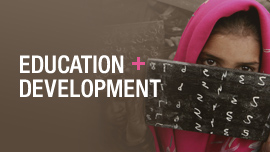

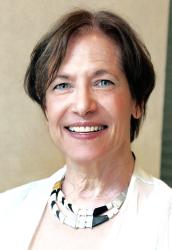
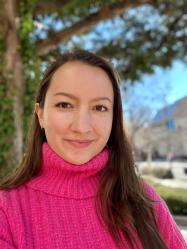
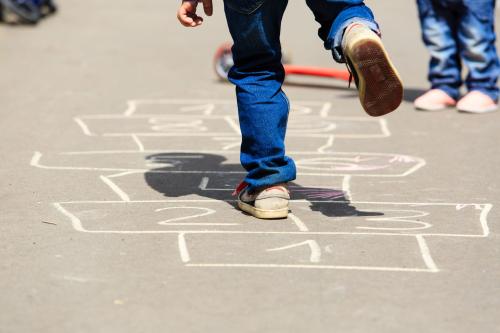

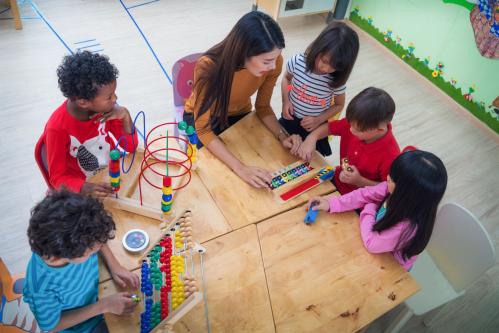
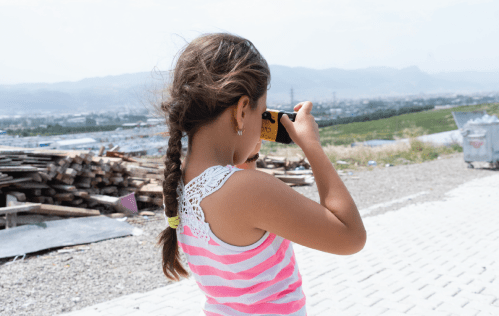
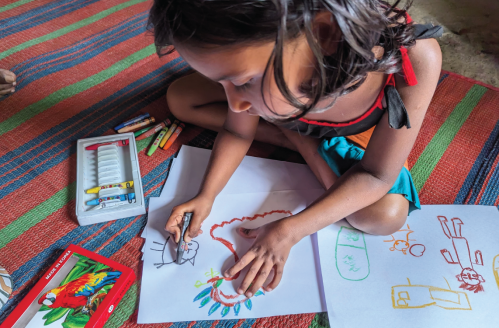

Commentary
An ode to joy: Advances in Playful Learning
June 10, 2025